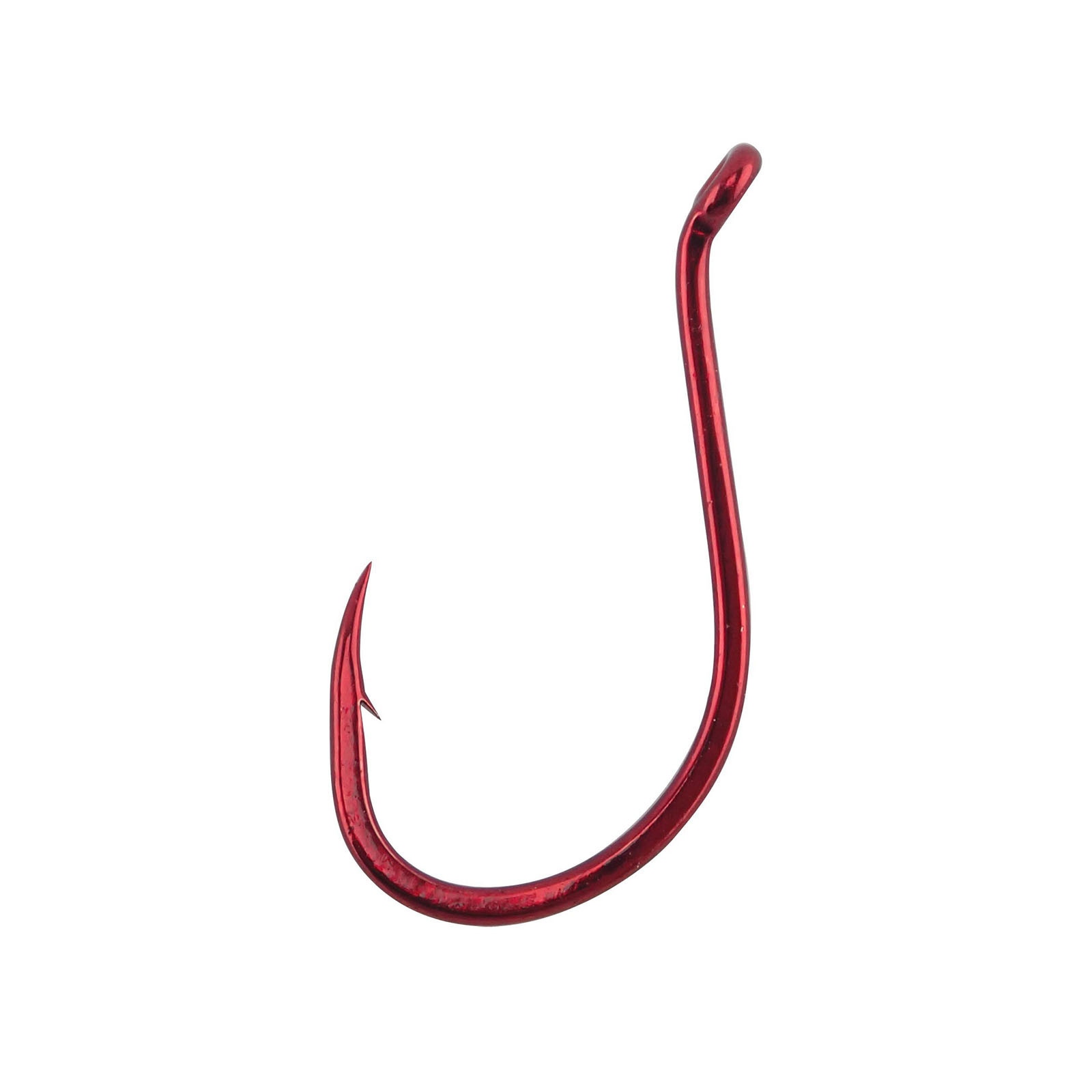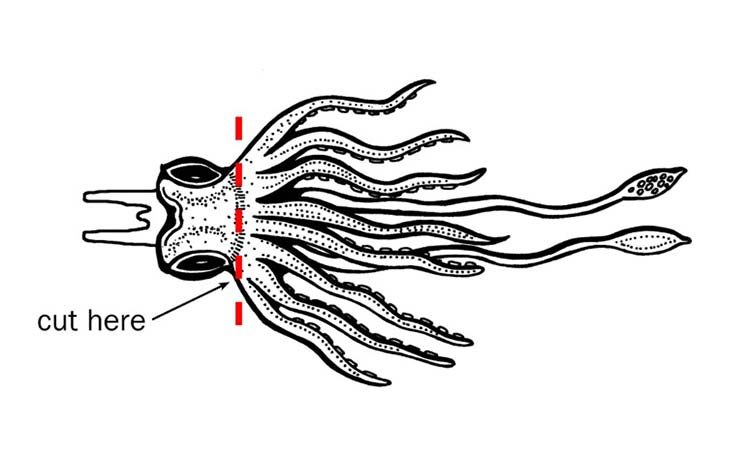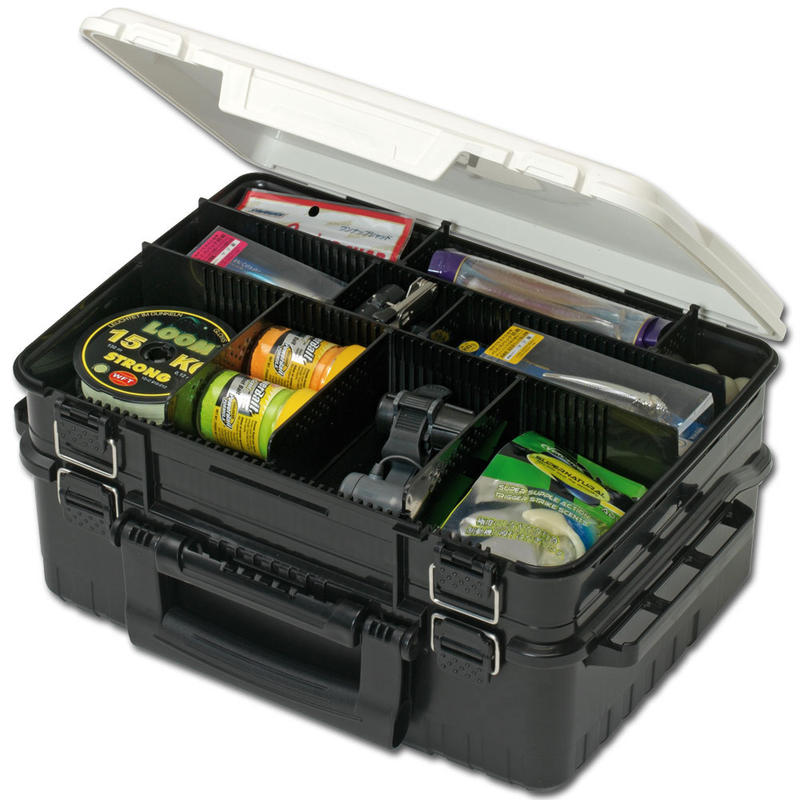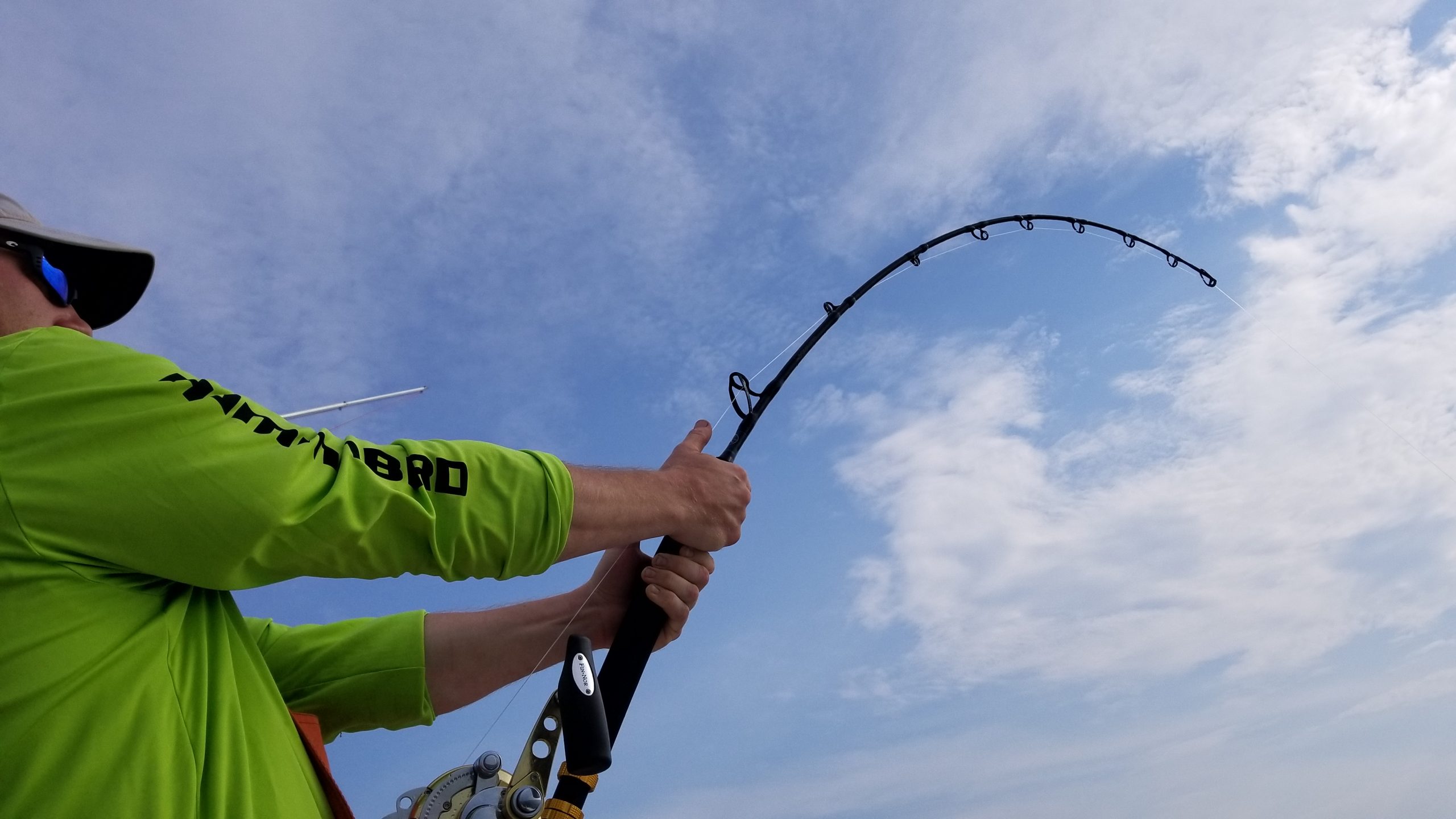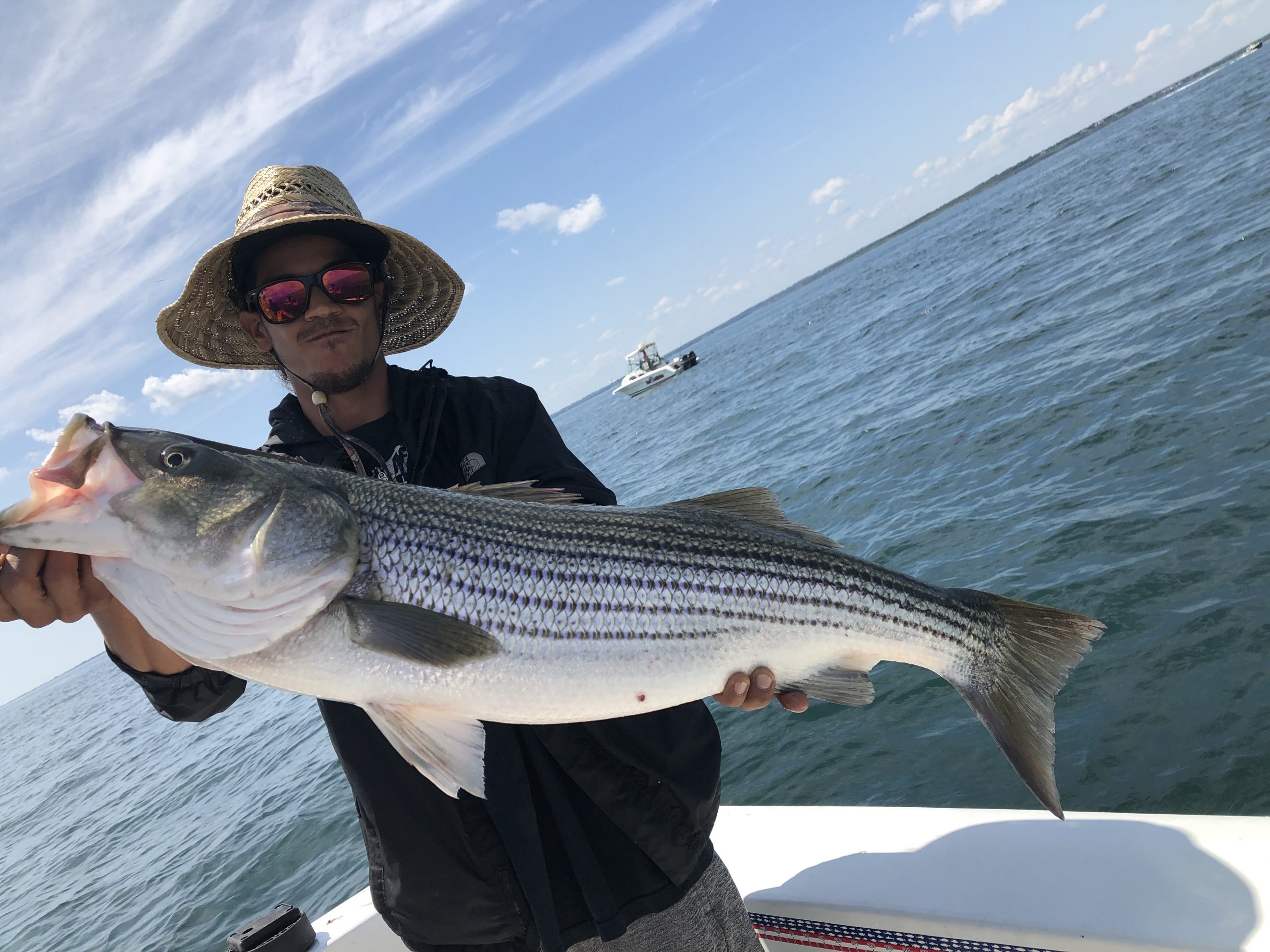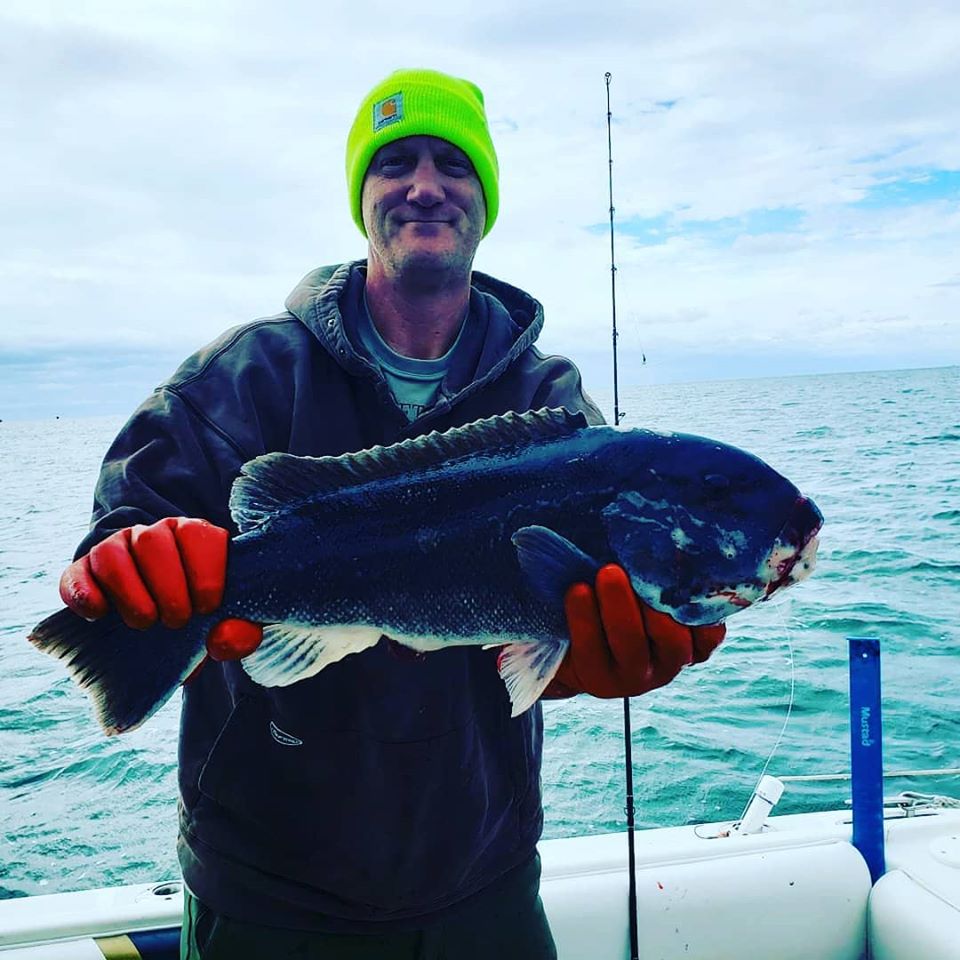What do clam worms eat
Clam worms are among the oldest living organisms on Earth. They’ve been around for about half a billion years.
Clam worms eat mud. Lots of it. They can live for two months without food. They don’t have a brain. But they’re not stupid. They’re smart enough to stay away from things that can hurt them.
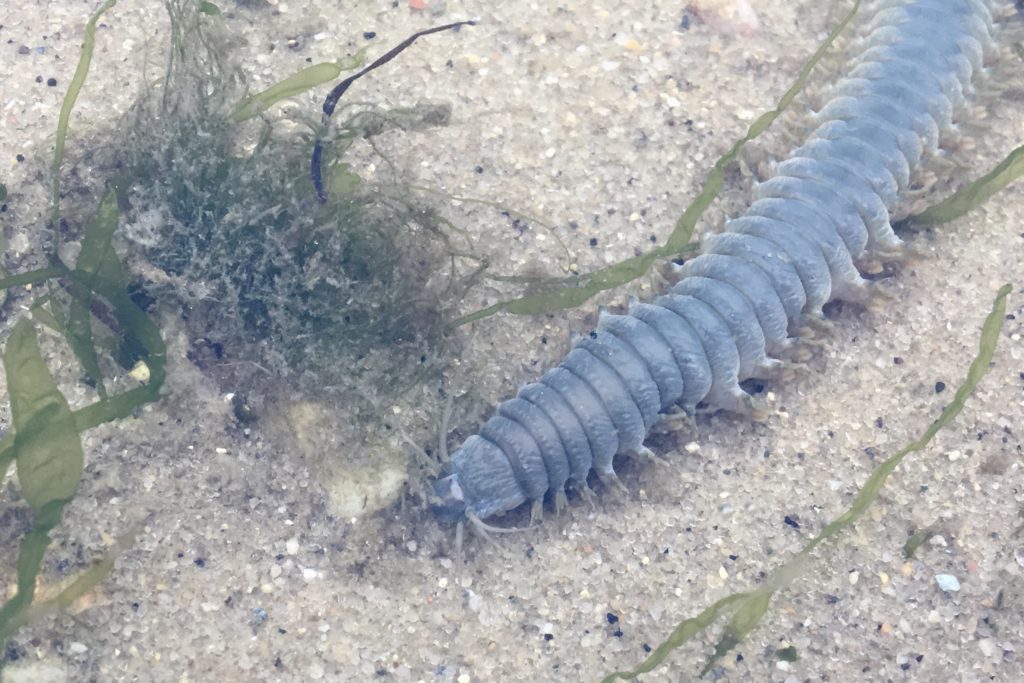
Clam worms are actually the only molluscs that feed on dead animals; the rest of them are omnivores or carnivores.
Do clam worms eat clams?
This is the ultimate in marketing that requires no money. To see if clam worms eat clams, put a few live clams in a small container with a few clam worms. Check back after a few hours, a few days or a few weeks. If the clams are still alive, they’ll be eaten. If they’re dead, they haven’t been eaten.
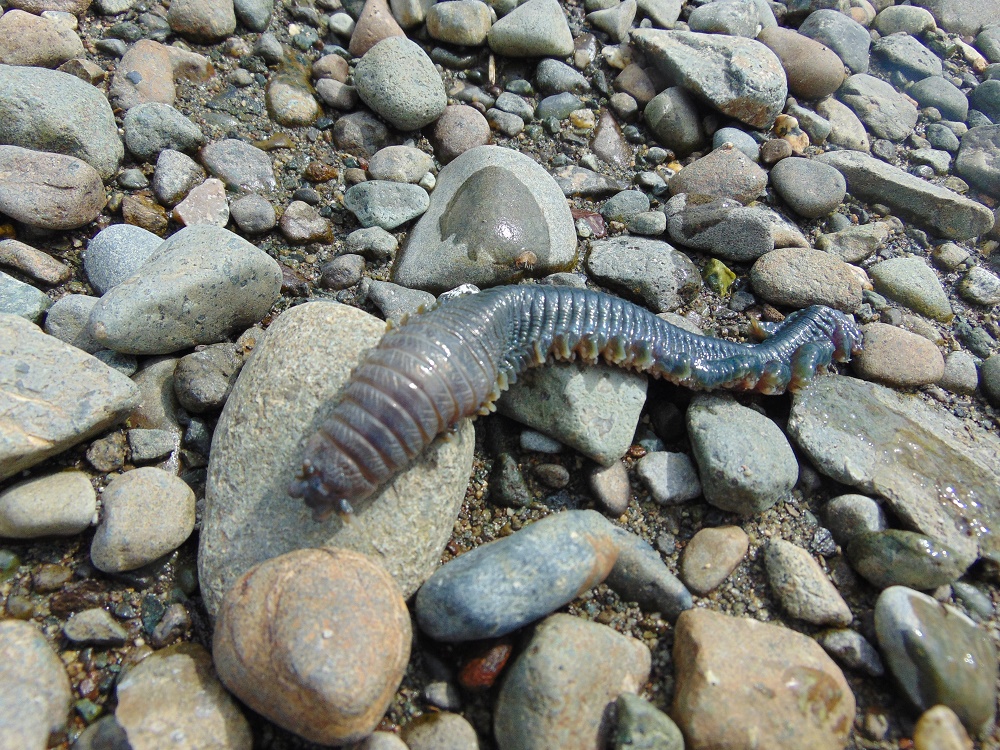
Clam worms don’t eat clams; they eat bacteria. This means that you don’t have to spend any money on this business idea. All you have to do is put a few live clams in a small container with a few clam worms. You can leave them for several days, a week or two. After that, check back to see if the clams are still alive or if they are dead. If they are still alive, they were eaten. If they’re dead, they didn’t eat the clams. Now, you have your own business!
Clams are very useful to us. Some people even eat clams as a snack. However, most people don’t know about the business opportunity here. All you have to do is buy some live clams, put them in a container, and put them in a warm place where there are some clam worms. These worms are microscopic creatures that live inside of the clams. They will eat the bacteria inside of the clams. The live clams will survive and the dead clams won’t unlike cylindrical worms.
The clams will taste better after the worms eat them. If you want to sell the live clams, you should put them in water. This will help them to stay alive longer. Then, you should put them in a container with a lid. This way, the container can stay closed so no other pests can get into the container. The container can stay closed for a while. This will keep the clams from drying out. In addition, you can cover the clams with wet newspaper to keep them moist, unlike polychaete worm. Make sure that you don’t put the live clams too close to each other because they will compete for space. Make sure that the clams are clean before you put them in the container. You can also make sure that the water level is at least an inch below the top of the container.
Make sure that the container has a hole on the bottom. This will allow the air to enter the container, which is needed for the clams to breathe. Put the container in a warm place where there are plenty of clam worms. After a couple of days, check back to see if the clams are still alive. If they are, the clams are safe to eat. However, if the clams are already dead, it’s time to throw them away. If the clams seem to be okay, you can put them in a larger container.
Now, you can start selling them. You can either sell them at the store or to someone else. Don’t worry about whether people like them or not. There’s nothing wrong with eating clams. It’s a good source of protein like a segmented worm.
It doesn’t matter where you sell them, but you might want to have them shipped. When shipping them, make sure that the package is well-sealed. Don’t make it too big or heavy. Make sure that there are enough clams or sand worms in the package to ensure that the customer receives them.
As for price, you can charge between $5 and $20 per pound. Some people might not be willing to pay that much for a product that
How does the clam worm feed?
To learn how the clam worm feeds, it’s important to understand two things about it. First, the clam worm needs an animal host for survival. Second, the clam worm lives in a liquid environment. To survive, the clam worm has to feed from the surrounding water. If the clam worm finds itself in an aquarium with no water, it will starve to death, unlike marine worm. It can’t live in the aquarium without any water, but it can’t feed off the animals in the aquarium either. To survive, it has to feed on the animal host. If the animal host is removed from the aquarium, the clam worm will starve.
To survive, the clam worm must feed. When the animal host is removed, the clam worm will starve. The clam worm must get its nourishment from the animal host known as cellophane tube worms secrete. If the animal host is removed, the clam worm will starve. This is because the clam worm can’t feed off the animal host bay creatures’ prey, so it needs the animal host common clam worm to survive. In order to survive, the clam worm needs an animal host. The animal host provides the clam worm with food. If the animal host is removed, the clam worm will starve.
Are clam worms harmful?
Yes, clam worms are harmful, but not all clam worms are harmful. Clam worms are not generally a problem for human beings or other animals. They are found in the brackish waters of the ocean and they feed on algae. They are harmless creatures that usually reside within a few inches of the bottom of the water. Some are also eaten by fish.
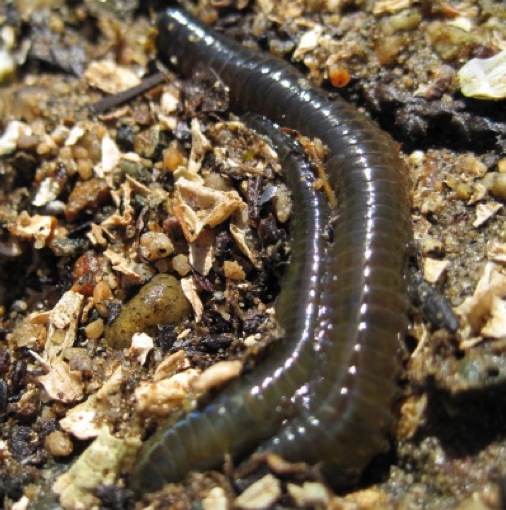
Some people call them “clam” because they resemble clams also called marine worms. They are similar to clams, but some are brown and others are yellow and clam worms belong in the sand. They also look like pieces of coral of segmented worms, which makes them even more interesting. Clam worms are soft, but they can grow to a maximum length of 3 1/2 inches. You should be careful when you go fishing to catch them. You don’t want to injure yourself.
Do clam worms live in water?
Clams (bivalves) have been found living in water for thousands of years and clam worms reproduce sexually. The earliest record of clams in the archaeological record dates back to 2700 B.C. E. in the Pacific Northwest. The clams were used for food, medicine, and ritual. Today, clams are still eaten in many coastal regions around the world as unsegmented worms.
Clams are very delicious. They are small bivalve mollusks. They are usually found in coastal waters with other worms. These bivalves have shells that look like two halves of an egg. They are delicious to eat like pile worm. You can find them in many places around the world, including Asia, Australia, Europe, and America.




